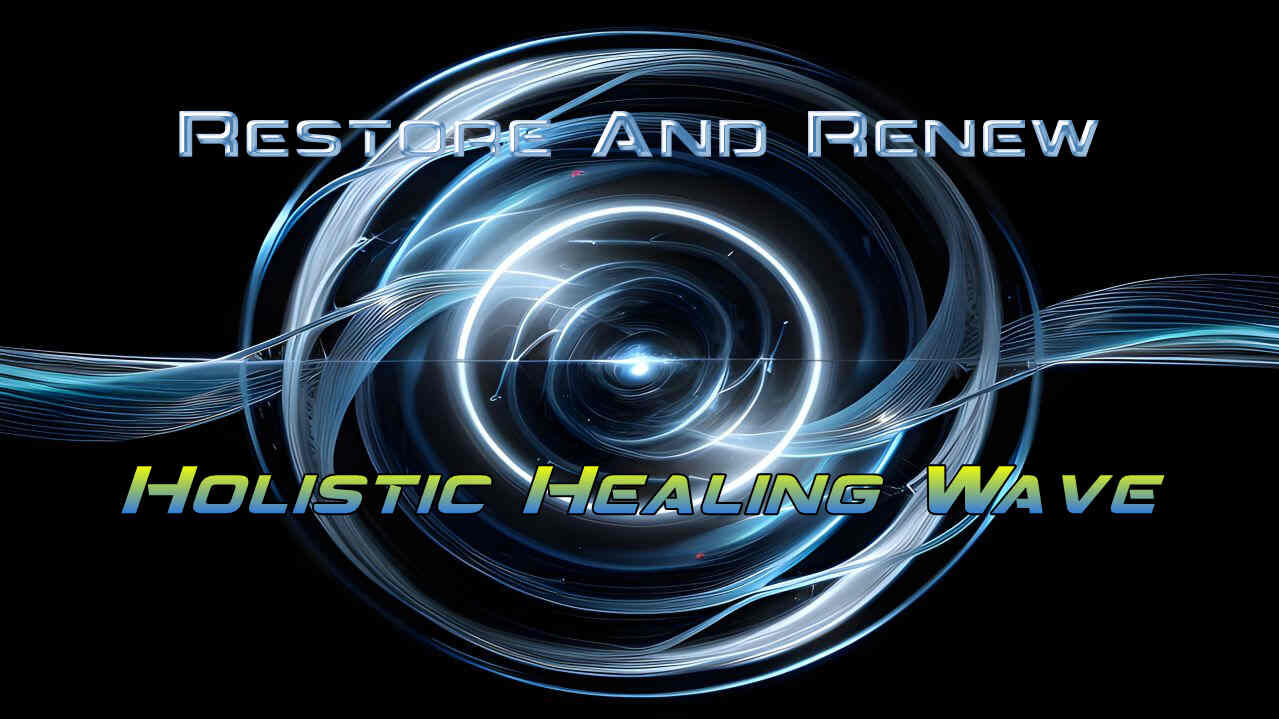The idea that sound can heal isn’t just some kind of weird new-age trend. It’s been around for ages, weaving its way through various cultures and healing traditions. Imagine several priests in grand temples using gong sounds to create a divine vibe. Sound carries a kind of magic that resonates deeply with us.
Taking a look at the foundation of it all, sound healing taps into the natural vibrations within and outside of us. Each sound wave dances at a specific frequency, engaging with our emotions and even our physical health. Think of it like this, we are like giant tuning forks, and these sound waves can help bring us back into balance. Think about it, have you ever felt that inner smile of surprise when a favorite song comes on? That’s sound working its magic.
From soothing Tibetan singing bowls to rhythmic drumming sessions, all these have woven a rich tapestry in the history of sound healing. Music, in its many forms, speaks a universal language. It’s not just about listening; it’s about feeling those vibrations move through you like a gentle sea breeze. The calm that washes over you isn’t just in your head—it’s sound therapy at work.
Understanding Healing Frequencies
Sound frequencies are more than just a science lesson. They’ve got their own set of magical vibes that many folks swear by for their healing powers. When we talk about healing frequencies, we’re diving into specific sound waves that claim to match the natural frequencies of our bodies. It’s like tuning a guitar when the strings fall out of sync. Except here, it’s your mind and body getting the fine-tuning.
Each frequency can stir up different vibes. Take 432 Hz, often called the ‘universe’s heartbeat’. It’s celebrated for its calming properties, said to bring about that zen-like peace. Contrast that with 528 Hz, hailed as the ‘miracle tone’. Fans of this frequency believe it repairs damaged DNA and can multiply feelings of deep love and inner harmony. Okay, so maybe it’s not quite a miracle—but lots of people think it comes darn close.
Let’s talk about 110 Hz—the frequency that’s got people talking! It’s often connected with brainwave synchronization, which some believe can lead them into states of heightened meditation. This frequency seems to play a smooth song with the human body and mind, lulling them toward relaxation and even creative inspiration.
Does it all sound a bit too ‘out there’? I can understand the skepticism. However, you might wonder how this fits with modern science. Each frequency has a different story and lore. The jury might still be out for some of the more bold claims, yet loads of people around the world are vibing with these frequencies every day, swearing by the emotional and even physical benefits they feel. Whether or not you’re already a believer, there’s something intriguing about the universal language of sound frequency.
Scientific Insights Into Sound Healing
Sound healing might sound mystical, but don’t be too quick to file it under ‘magic’ or hocus pocus. Turns out, there’s some intriguing science backing it up. Scientists and researchers are starting to dig into how sound can actually affect our biology, and they’ve found some pretty cool stuff.
The relationship between sound and well-being is a dance that’s caught the attention of researchers. Studies have found that certain sound frequencies might help lower stress and anxiety levels. It’s like giving your nervous system a bit of an audio massage. For example, certain studies suggest that sound exposure can alter brainwave patterns, encouraging more restful alpha states that relate to calmness and relaxation.
Solfeggio frequencies bring an ancient twist to this modern science. These are specific tones believed to help with healing, and researchers are exploring their effects on health. While some scientists approach these claims with caution, believers stand by their experiences of reduced stress and increased focus. Even if science hasn’t stamped its seal of approval all over them, personal testimonies are quite compelling.
And let’s not forget about sound bowls—those beautiful instruments often used in meditation and yoga. Scientists have found that these bowls can induce relaxation and reduce anxiety, acting as natural catalysts for meditation and mindfulness.
While the science is still catching up with the claims, there’s a growing body of research supporting the idea that sound has more than just a soothing effect. Whether it’s through promoting rest and relaxation, improving focus, or granting a break from stress, there’s something to be said about the sensation of sound steering us toward wellness.
As more research emerges, it’ll be exciting to see how science continues to delve into the world of sound healing. The crossover of ancient knowledge with cutting-edge science is a testament to our never-ending curiosity and quest for holistic health.
Sound Healing in Modern Wellness Practices
Sound healing is no longer just whispered about in spiritual circles. It’s becoming a go-to in modern wellness practices, cropping up in clinics, spas, and even fitness routines. Imagine the familiar hum of a tuning fork setting the stage for a therapy session or the gentle tones of a sound bath melting away a day’s stress.
Incorporating sound healing into daily life isn’t reserved for the experts. There’s a wave of apps and online resources making it super accessible for anyone looking to throw some sound therapy into their wellness mix. You can try sound baths, or just enjoy soothing background noise while working or relaxing at home.
People are catching onto the benefits, and it’s not just about curiosity. There are plenty who have shared stories about how sound healing has changed their lives, helping with everything from improving sleep quality to enhancing mental clarity and reducing anxiety.
The beauty of sound healing is its adaptability. You can tailor it to fit your schedule and personal needs. Whether you’re using it as the focal point of your wellness regime or throwing it in as a escape from a stressful day, sound can be your silent partner in the journey to wellness.
With tools like sound bowls and frequency-focused playlists at your fingertips, it’s easier than ever to explore this ancient-modern fusion of healing. As you incorporate sound into your routine, just remember—it’s all about finding what resonates most with you and your unique vibe.

